DOES THE TEMPERATURE WITHIN A PLANT AFFECT ITS GROWTH?
HELIOCAMINIFORM MECHANISMS AND GREENHOUSE EFFECT
Solar electromagnetic radiation (UV-Visible-IR)
Solar radiation






Absorbed radiation is conducted
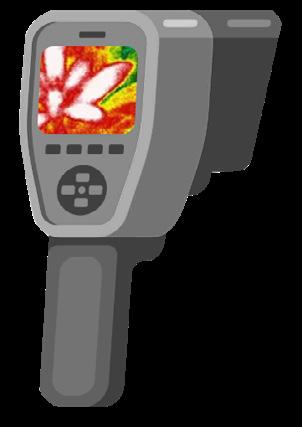
Some heat that is liberated by radiation is used in photosynthesis and metabolism.
• Micro-greenhouse effects occur during plant pubescence and in enclosed spaces (like hollow buds, flowers, fruits, stems, and galls).
• They have been explained through structure and function –known as Heliocaminiform.
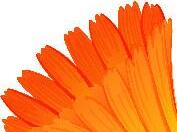
• Manipulating microthermal regimes within plants could improve floriculture, aesthetics, as well as disease and pest control.

Some solar radiation is reflected
Some solar radiation is lost in and out of the lumen and/or stem
Some solar radiation is absorbed
Some is transmitted and/or conducted into heat adding energy to the lumen
Greenhouse Effect: higher internal temperature than surrounding environment




Absorbed by atmosphere lumen
Exchanged by conduction
Convection
Reradiation
Radiant energy can be absorbed
External temperature
For more information, contact: Dr. Peter Kevan pkevan@uoguelph.ca
Radiant energy can be reflected
Some of the heat liberated by radiation is conducted away by phloem and xylem
Heat is liberated by radiation
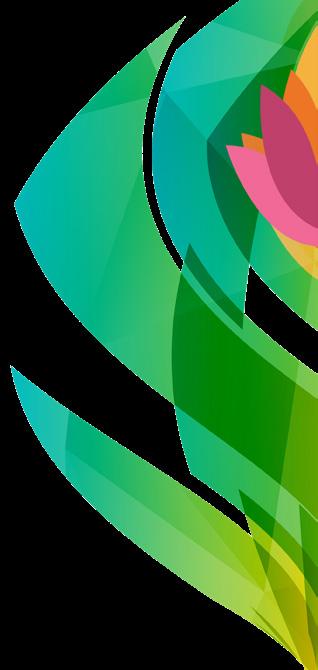
Convection
Data logger
Thermal camera
23.0 °C 50.0 % REC
Thermalcouple Internal temperature
CUT NUTRIENT INPUTS WITH SUB-IRRIGATION AND DRIP-IRRIGATION
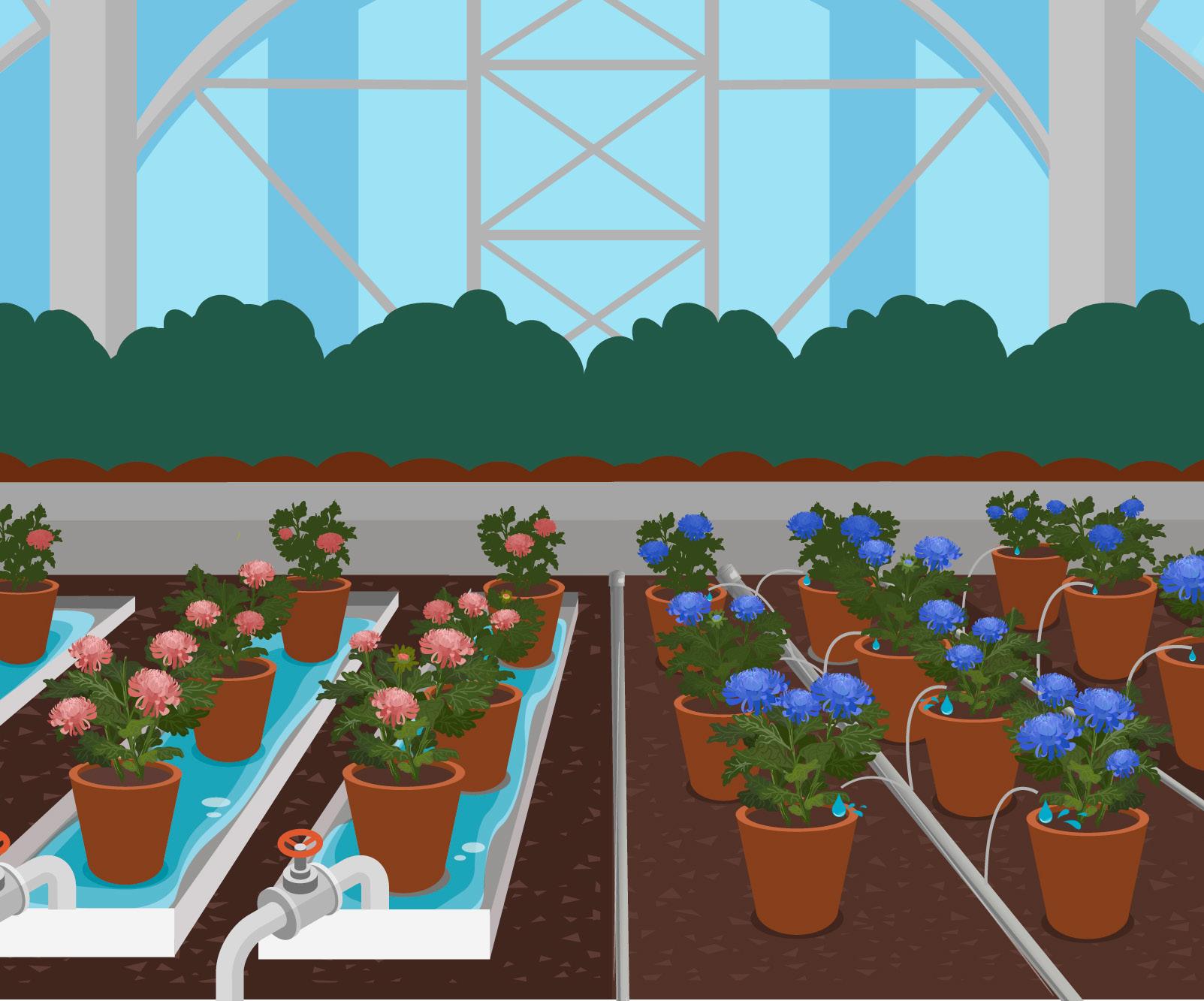
The entire nutrient supply can be removed during flowering, and reduced prior to flowering without affecting plant and flower yield as well as quality.
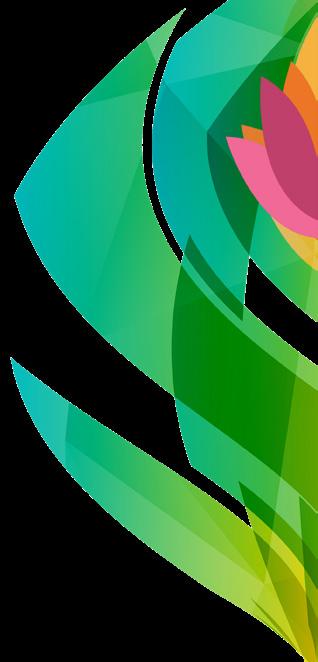
• Improves timing and reduces fertilizer supply
• Reduces usage and cost of micro- and macronutrients
• Minimizes the volume and concentration of nutrient-rich water to be treated or discharged which improves environmental impact
less nitrogen, phosphorus, potassium, calcium, magnesium, sulphur, iron, manganese, zinc, copper, boron, and molybdenum
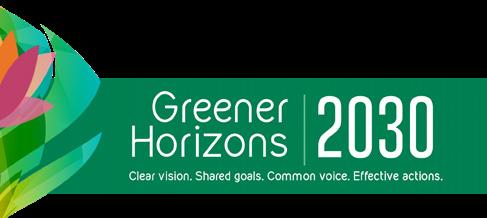

For more information, contact: Dr. Barry Shelp bshelp@uoguelph.ca
Reduction in supply during vegetative state is possible but must be tested under specific production conditions.
SUB-IRRIGATION DRIP-IRRIGATION
75-95%
Nitrates
HELPING TURF MANAGERS REDUCE FERTILIZER USE AND IMPACTS ON WATER
• 150 kg of nitrate per hectare per year produces high quality turf
• Not all nitrate sources are equal and must be considered when choosing a fertilizer
• New fertilization practices are costeffective and environmentally friendly



In moist soil, PCFs use temperature-controlled diffusion to regulate the release of nitrogen to match the plants needs and reduce nitrogen losses.
Standard fertilization protocols call for > 150 kg of nitrate per hectare per year.
Standard Fertilization
Increased leaching
Polymer-coated fertilizers (PCFs)
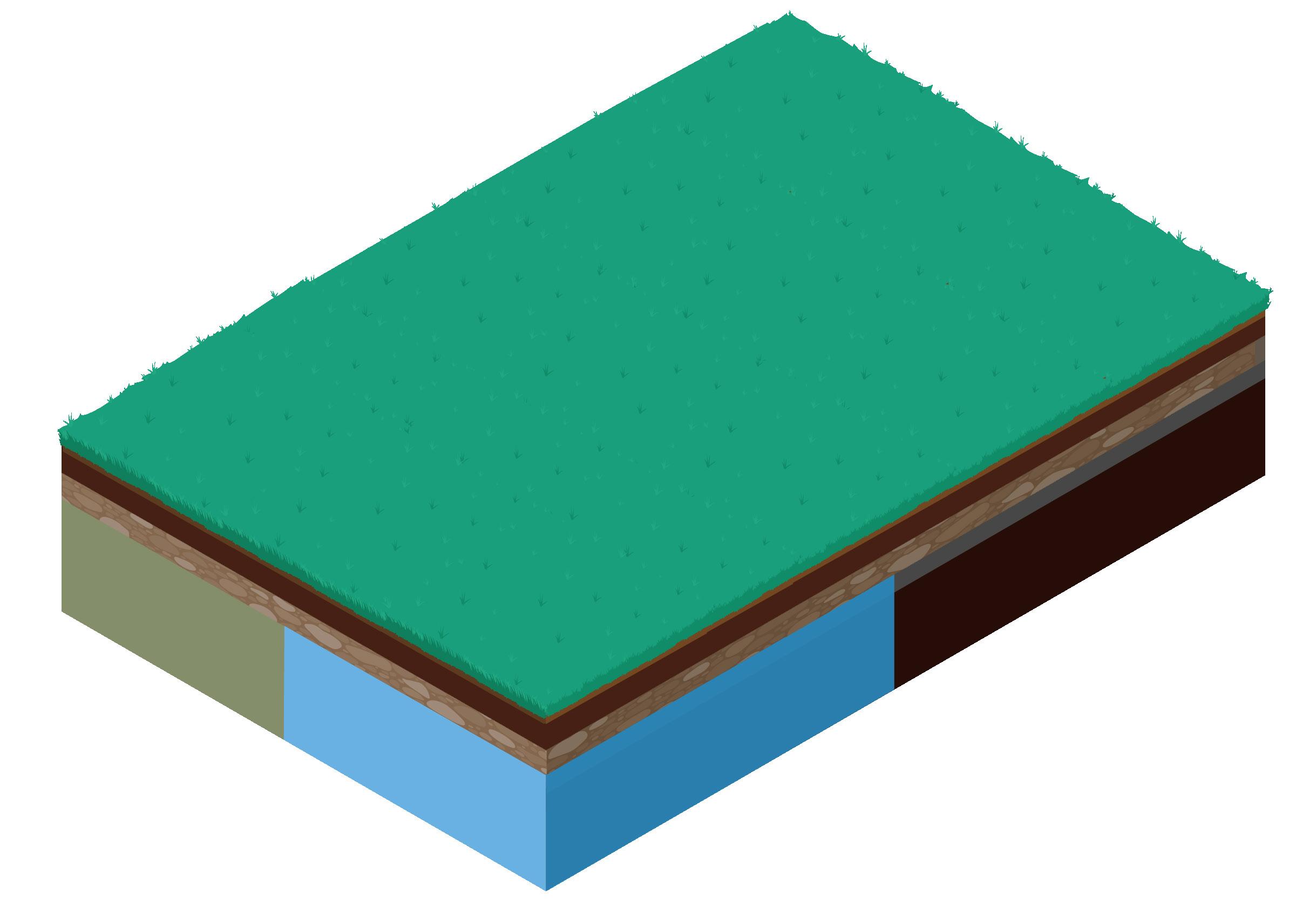
Nitrogen stabilizers
Disturbing soil leads to higher nitrate loss.
Nitrogen stabilizers in fertilizer also help prevent losses by blocking parts of the nitrogen cycle that lead to nitrogen loss.
Not all nitrogen sources are the same. Polymer-coated fertilizers are more efficient than stabilized nitrogen.
Soil disruptions
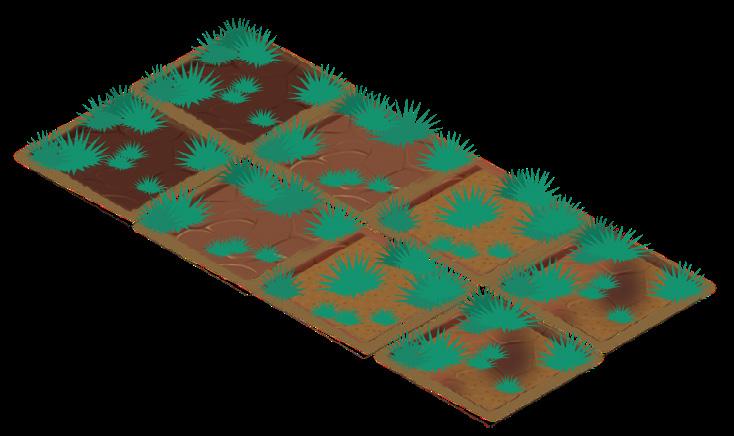
New fertilization protocol using 150 kg of nitrate per hectare per year produces market standard turf grass.
Optimal Fertilization
More leaching Nitrates from fertilizers seep through the soil into nearby groundwater reserves which negatively impacts the environment.
Nitrogen levels are below the Canadian standard for drinkable water.
Nitrates
Less leaching
Cutting down on fertilization reduces the amount of nitrates that leach into nearby groundwater reserves.
For more information, contact: Dr. Guillaume Grégoire Guillaume.Gregoire@fsaa.ulaval.ca
Clay
Loam Sand Mix
IMPROVING IRRIGATION POND WATER QUALITY FOR REUSE
• Pre- and in-pond technologies avoid irrigation intake filter maintenance costs while maintaining irrigation pond ecosystem health by preventing nutrients from reaching the pond in the first place
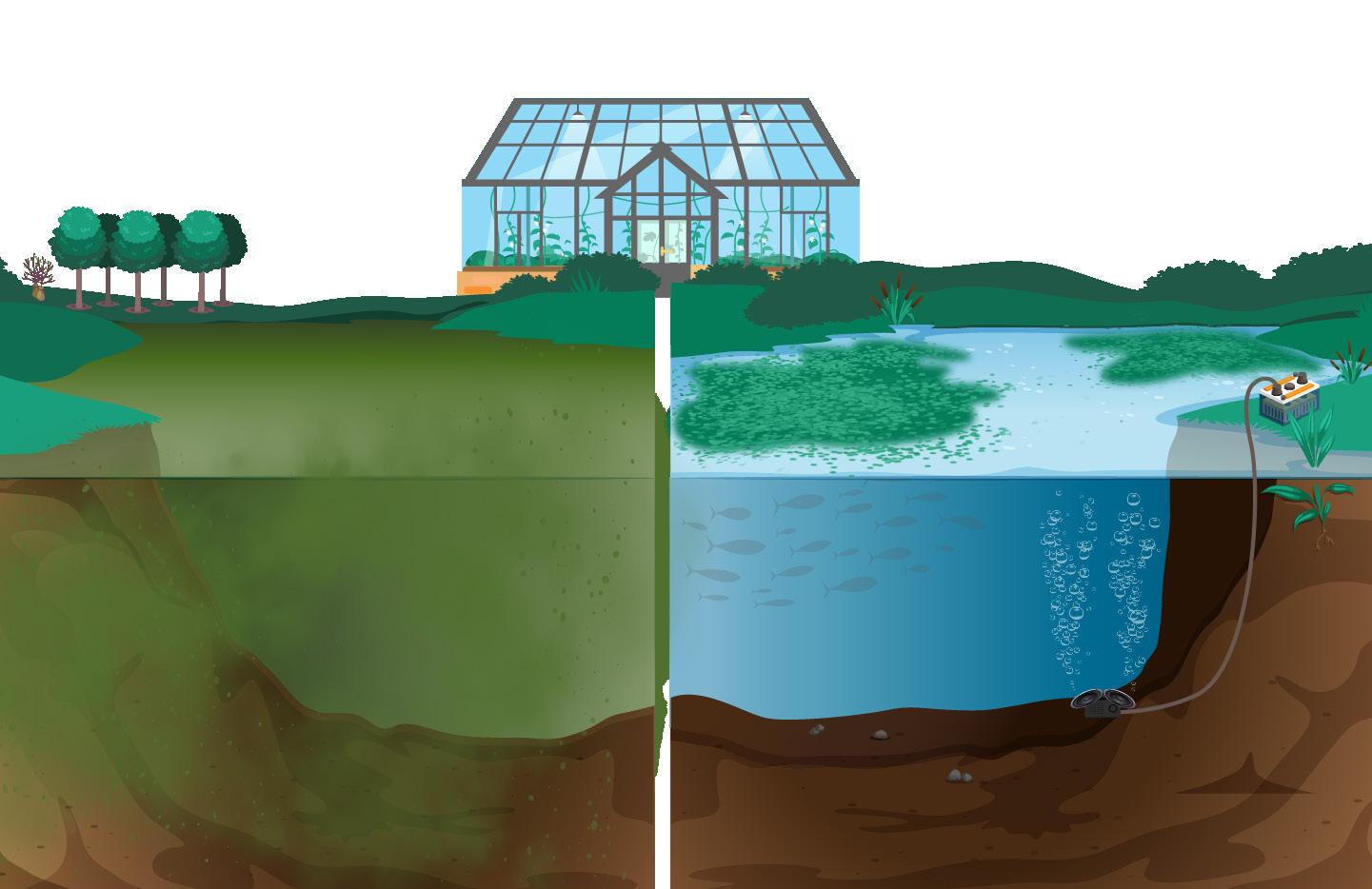
• Coverings limit phytoplankton growth while aeration disrupts sediments and degrades organic matter, maintaining water quality long-term
• Using woodchips in water treatments (including Hybrid Treatments Swales) successfully removes nitrates while other elements (like phosphorous) can be removed using select mineral media

In-pond management technologies examples:
• Aeration device (Nanobubbler)
• Sonication device
• Plant covering

• Bird ball covering
• Solid geotextile covering
phytoplankton

cyanobacteria
X
organic matter
nitrates & phosphorus
BEFORE IRRIGATION POND
AFTER
Pre-pond water treatment systems (such as hybrid treatment systems and swales) can treat production effluent water.
• Woodchips remove nitrate-N and partially removes phophorus

• Slag removes phosphorus
• Gravel polishes the water before discharge
• Solid geotextile covering
Pre-pond Water Treatment System
Increased turbidity and oxygenation
Even with minimal nutrient loading, without in-pond management technologies, water quality is low and maintenance costs are high due to:
• Excess biological growth
• Lack of oxygen
• Clogging of intake filters
For more information, contact: Dr. Jeanine West jwest@phytoserv.com
Pre- and in-pond management technologies increase water quality and lower maintenance costs by:
• Decreasing nutrient inputs
• Lowering phytoplankton (and cyanobacteria) levels
• Increasing healthy brown and green algae
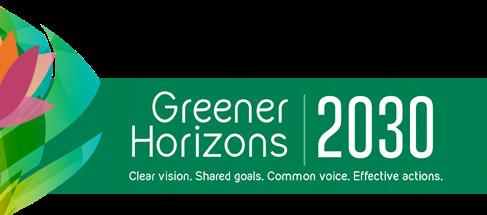
• Lessening organic matter and microbes
Aeration
Covering Production effluent Runoff Production effluent
Woodchips Slag Gravel
LESS WATER AND HIGH-QUALITY PLANTS WITH PRECISION IRRIGATION
• Precision irrigation decreases water use by 50% without affecting plant growth.



• Best clustering practices for 100 different species helps to manage different water needs.
• Wireless tensiometers are a cost-effective and environmentally approach to growing different plants together.

Overwatering can lead to plant death, high water bill, and profit loss.
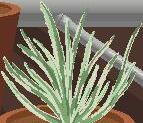
For more information, contact: Dr. Charles Goulet Charles.Goulet@fsaa.ulaval.ca
If two plants require the same amount of water during a season, they may not need it at the same time.
3 out of 4 growers base their decision making on visual appearance or pot weight.
0 kpa -4 kpa -8 kpa -12 kpa Water saturated Wireless Tensiometer Dry
GIVING CANADIAN SOD GROWERS A COMPETITIVE ADVANTAGE!
Creeping red fescue is a widely used turf grass in the temperate and boreal regions of the world.
ECONOMICS
$29 million per year export commodity
U.S. and Denmark are major competitors

Analyze the economic benefit of new best practices
Areas for future research:
• There is a lack of locally adapted cultivar options in Canada
• One cycle of breeding selection in 2018 has led to polycross seeds being used for performance evaluation and new cycles of selection
BREEDING
• Genetic markers for disease tolerance, dark green coloration, fine leaves, and seed yield for optimal efficiency of the plant population improvement
• Crop nutrient budgeting (uptake and losses) to improve nutrient management
• Soil health and gaseous emissions under different nutrient protocols

• Examining the effects of Plant Growth Regulators (PGRs) for plant dormancy, suppression of regrowth, and/or plant energy metabolism perservation
PRODUCTION
Seed production and quality through:



Regulation of plant growth
Nutrition
Management of plant health
Selecting for genetic traits for:
Disease resistance
Adaptability to various environments
Enhanced market value


For more information, contact: Dr. Nityananda
nityananda.khanal@agr.gc.ca
Khanal
$

























